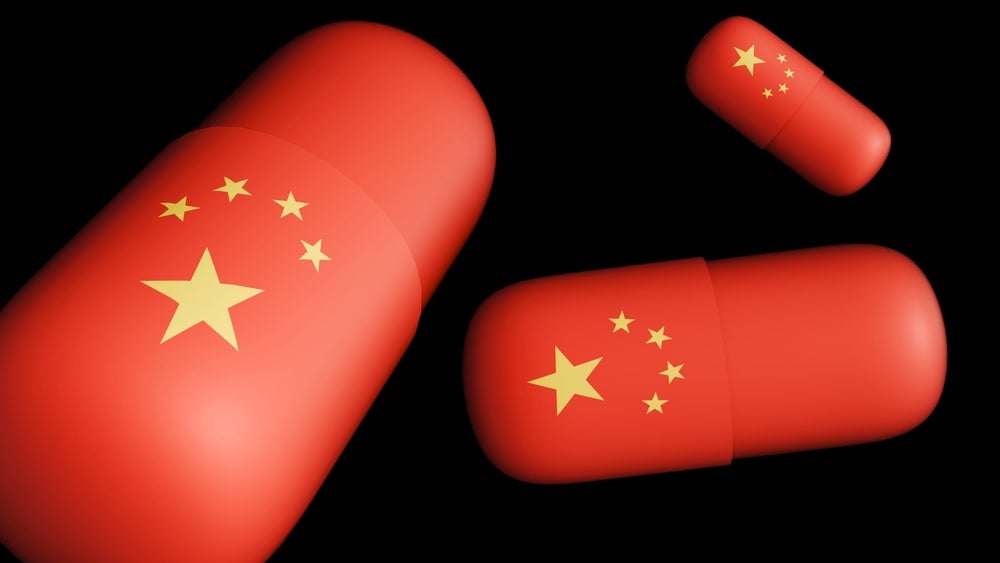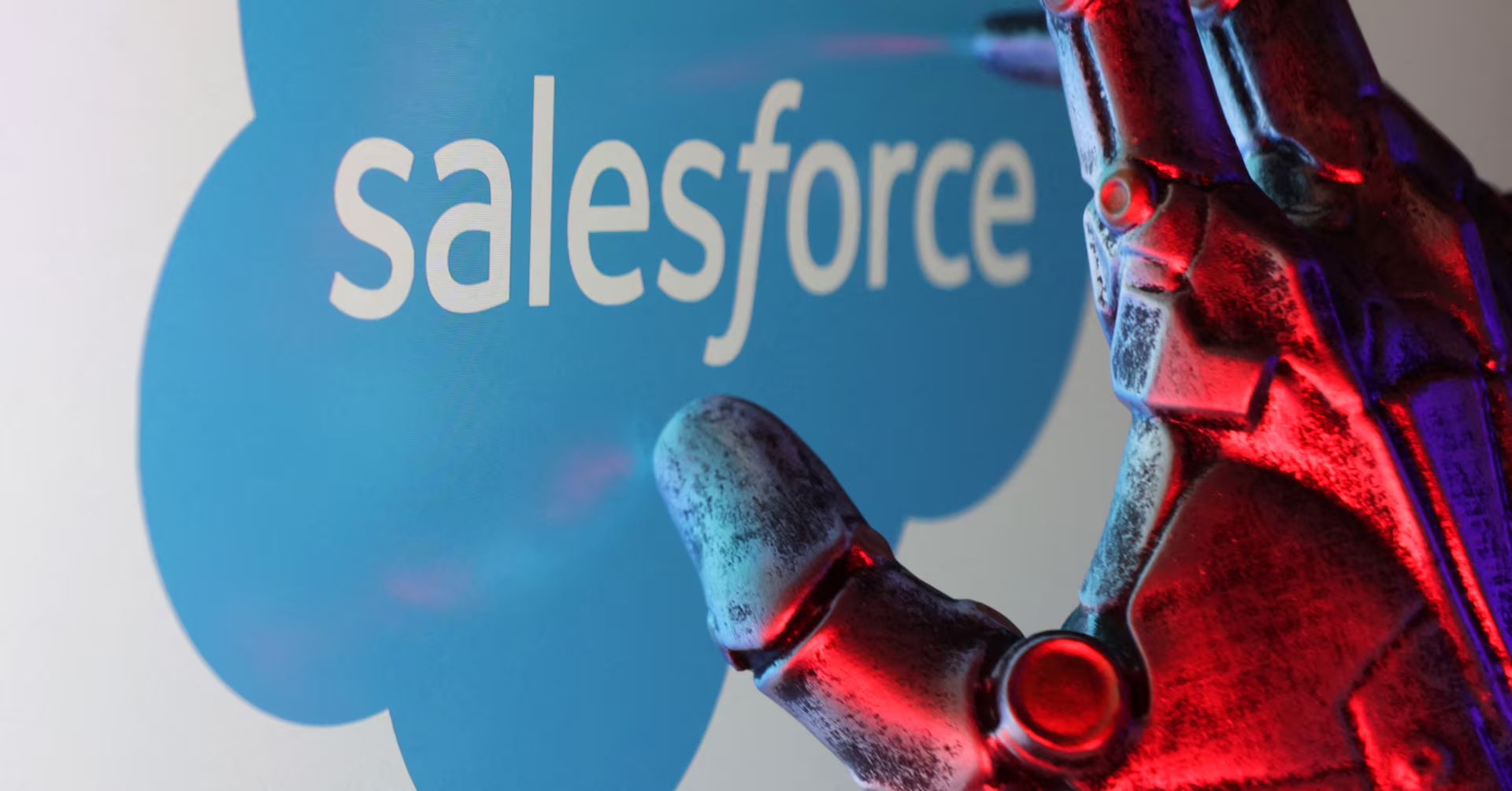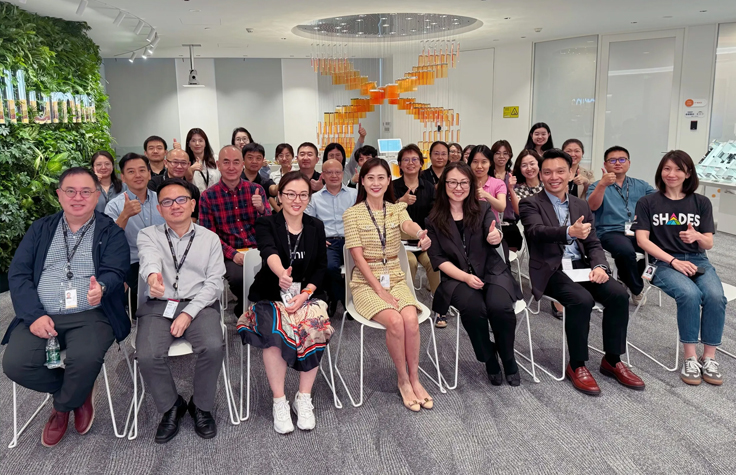Four teams of analysts at the firm awarded $500,000 in charitable grants after pitching Goldman Sachs executives including Chairman and CEO David Solomon
LONDON, UK, October 8, 2025 – Goldman Sachs today held its 10th-annual Analyst Impact Fund, where the firm’s leadership awarded a team of analysts from the New York and San Francisco offices a $250,000 grant in support of Jacaranda Health. The Analyst Impact Fund is the firm’s global competition where teams of analysts pitch senior leaders, including Chairman and CEO David Solomon, in a bid to win funding for the non-profit of their choice. Over the past decade, more than 6,800 analysts from nearly 70 offices have participated in the competition, directing over $5.5+ million in grants to 168 nonprofits globally.
The Analyst Impact Fund builds upon Goldman Sachs’ rich history of innovative ideas from extraordinary people and commitment to investing in the next generation of talent and our communities. This year, roughly 1,000 analysts participated in the initiative and over $500,000 in grants were provided to the top 25 teams representing nonprofit organizations from across the globe.
“Two of Goldman Sachs’ most powerful resources are our capital and our people. The Analyst Impact Fund brings together the best of both and highlights our commitment to excellence, teamwork, innovation and philanthropy,” said David Solomon, Chairman and Chief Executive Officer of Goldman Sachs. “Every year, I look forward to hearing pitches directly from our analysts on how they would use the firm’s capital to make a tangible impact in our communities.”
The finals brought four teams to the firm’s London office, with representatives based in New York, San Francisco, Dallas, London, Hong Kong, Singapore and Sydney all vying for the $250,000 winning prize. The three runners-up were also awarded a share of $225,000 in grants. Those who attended and tuned in to the event also had a chance to vote for their “Fan Favorite,” awarding an additional $25,000.
“A decade ago, a powerful vision took hold: to empower Goldman Sachs’ junior talent to lead and deliver meaningful change through our annual Analyst Impact Fund,” said Asahi Pompey, President of Goldman Sachs Gives. “Since then, over 7,000 analysts have gone head-to-head to direct over $5.5 million to nearly 170 nonprofits around the world – pitching their ideas with the same precision, purpose, and passion they deliver to our clients. The Analyst Impact Fund is more than just a competition; it is Goldman Sachs’ culture in action.”
In addition to David Solomon and Asahi Pompey, the finalists presented to a judging panel of 42 senior Goldman Sachs leaders including:
- Rishi Sunak, Senior Advisor at Goldman Sachs
- Anthony Gutman, co-chief executive officer of Goldman Sachs International and global co-head of Investment Banking
- Kunal Shah, co-chief executive officer of Goldman Sachs International and global co-head of FICC
- Alison Mass, chairman of Investment Banking and head of the Office of Alumni Engagement
- Kevin Sneader, president of Asia Pacific Ex-Japan
- Oonagh Bradley, head of EMEA Compliance and global head of CF&O Compliance and Communications Compliance
Teams were judged across a number of criteria, including their nonprofit’s leadership, reach and potential for impact, the uniqueness of the proposed project or work of the nonprofit, the team’s analysis of the project goals, and the scalability of the organization’s work, among other considerations. The New York and San Francisco-based team representing Jacaranda Health was identified as the winner by judges. Jacaranda Health is committed to improving maternal and newborn health outcomes by embedding scalable and data driven solutions into public health systems, particularly in resource limited settings across Sub-Saharan Africa. The grant will be used to scale prompts and expand access to new countries.
All of the finalists focused on charities that were leveraging technology to drive change and impact. The final results were:
- First place – Team Jacaranda Health won $250,000
Led by: Julian Daszkal, Ariana Linara, Nia Mosby, Francesca Yao - Second place – Team Lifelites won $100,000 and an additional $25,000 for the “Fan Favorite” vote
Led by: Fared Hassani, Georgina Knapman, Jane Neave, Ayo Odunaiya, Malika Zohidova - Third place – Team Conservation X Labs won $75,000
Led by: Charlie Hao, Elle Sun, Angel Wong, Kai Ting Yeo, Alessandra Dimech - Fourth place – Team Let’s Get Ready won $50,000
Led by: Naysa Alex, David Asham, Valerie Baessa, Natalia Baez, Leslie Jimenez
About Goldman Sachs
The Goldman Sachs Group, Inc. is a leading global financial institution that delivers a broad range of financial services to a large and diversified client base that includes corporations, financial institutions, governments and individuals. Founded in 1869, the firm is headquartered in New York and maintains offices in all major financial centers around the world.







